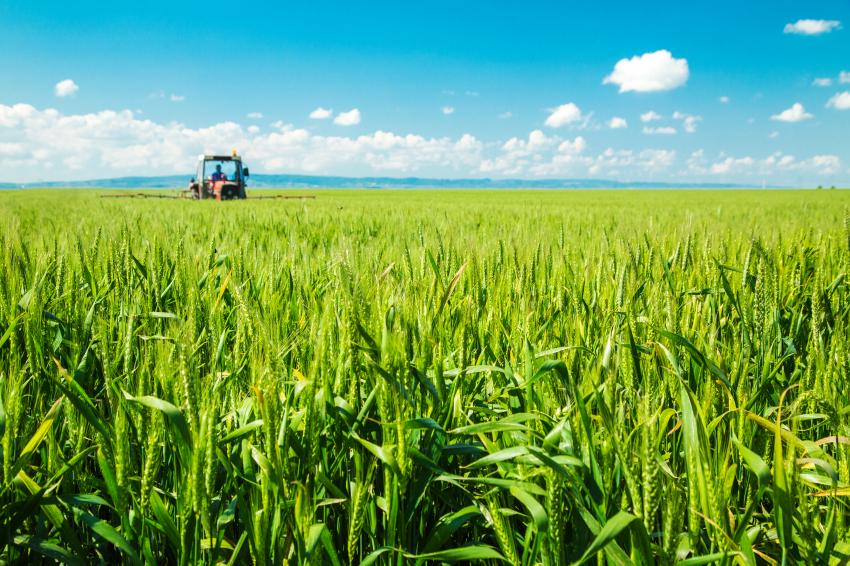Solvay and Vietnam’s PVCFC in Fertilizer Deal
08.02.2018 -
Solvay is giving PetroVietnam Camau Fertilizer Company (PVCFC) exclusive access to its proprietary AgRho N-Dual Protect nitrogen stabilizer under a four-year supply deal. Financial terms of the contract were not disclosed.
The agreement follows a series of successful field trials by PVCFC of Solvay’s eco-friendly stabilizers in Vietnam. Solvay said its AgRho N-Dual Protect is the first liquid formulation combining N-(n-butyl) thiophosphoric triamide (NBPT) urease inhibitor and dicyandiamide (DCD) nitrification inhibitor to give an enhanced performance and sustainability compared to other nitrogen stabilizers.
According to the Belgian group, AgRho N-Dual Protect increases crop yield up to 20%, while also giving improved air and water quality and reduced greenhouse gas emissions.
Valdirene Licht, vice president and general manager of Solvay Novecare Asia Pacific, said the contract is an opportunity for Solvay to improve agricultural productivity in Vietnam.
PVCFC is currently planning a 300,000 t/y complex NPK fertilizer plant in Ca Mau, Vietnam. Construction was scheduled to start in the fourth quarter of 2017 with the plant due to commence operations in late 2018. PVCFC said the plant will serve Vietnam’s high demand for complex NPK fertilizer products as current domestic production is only able to meet 25% of the country’s needs.
The use of nitrogen-containing fertilizer has increased dramatically in recent years to satisfy the world’s need for food. The amount of nitrogen supplied is critical to crops’ overall quality and growth but only a fraction of the nitrogen applied in the field is absorbed by the plants.
Solvay explained that nitrogen stabilizers such as urease and nitrification inhibitors increase the amount of time the nitrogen remains in the soil and is available to the plant for absorption. They also prohibit nitrification, the biological process of transforming ammonium-N to nitrate-N, which can leach into the soil and contaminate nearby waterways. Nitrate can also be released into the air as nitrous oxide (N2O), a greenhouse gas with 300 times more global warming potential than CO2.





